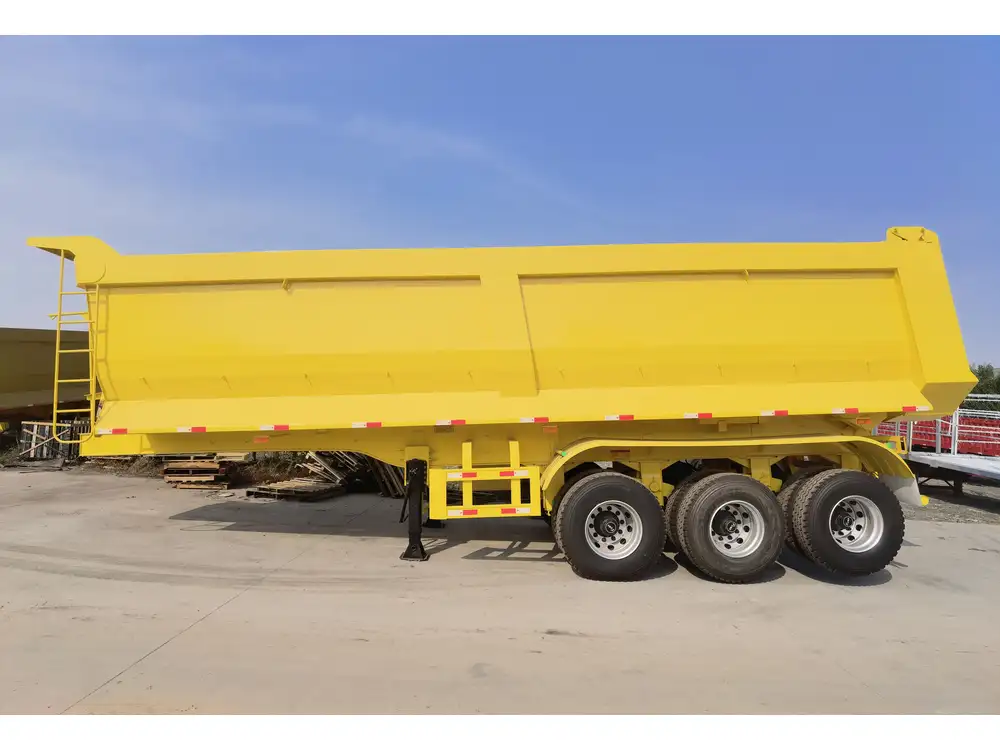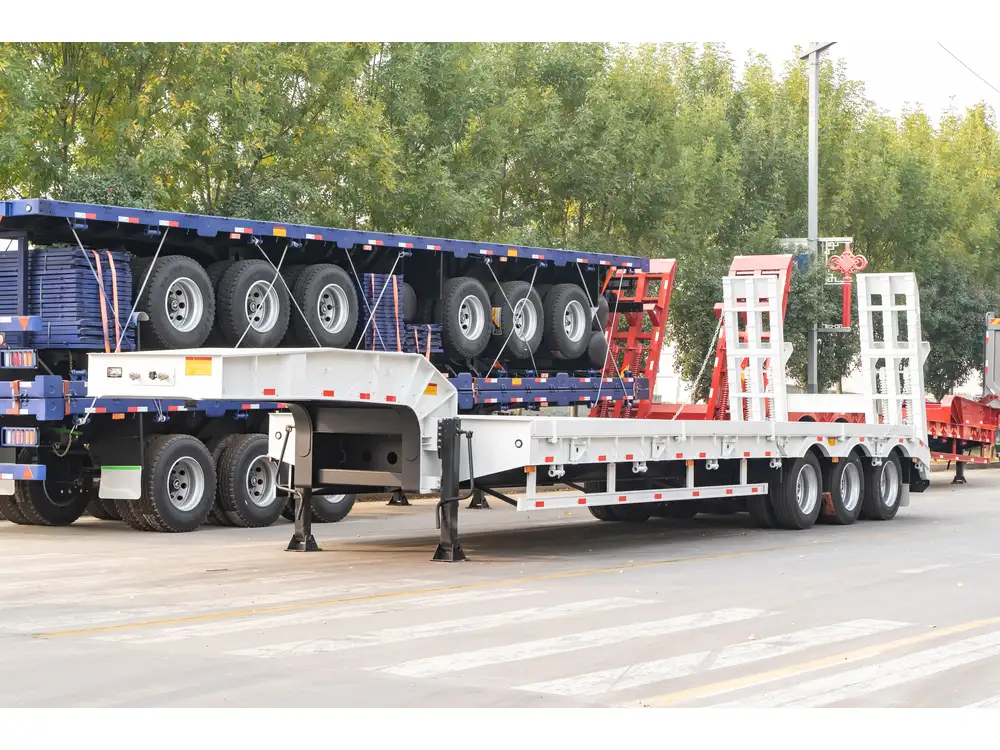The transportation industry is characterized by a variety of vehicles, but none are as essential for long-haul logistics as semi trucks. Among the myriad elements that define the functionality and efficiency of these powerhouse machines, the size of the gas tank stands out as a critical factor. Understanding the dimension of semi truck gas tanks is vital for fleet operators, drivers, and logistics companies as they strategize fuel management, costs, and travel routes. In this article, we will dissect the intricate details surrounding semi truck gas tank sizes, their implications, and relevant insights that can aid in decision-making.
The Anatomy of Semi Truck Gas Tanks
Standard Tank Sizes
While the size of a semi truck gas tank can vary based on make, model, and design purpose, most conventional semi trucks come equipped with fuel tanks that can generally hold anywhere from 100 to 300 gallons (approximately 378 to 1136 liters). Here’s a closer look at standard sizes:
| Tank Size (Gallons) | Capacity (Liters) | Common Applications |
|---|---|---|
| 100 | 378 | Short-haul trucking |
| 150 | 568 | Regional delivery and local logistics |
| 200 | 757 | Long-haul interstate freight |
| 300 | 1136 | Extended journeys and heavy hauling |

Double Fuel Tanks
Semi trucks designed for long-distance travel often come equipped with dual fuel tanks, effectively doubling the capacity and enhancing fuel efficiency. These systems allow for a combined total ranging from 200 to 600 gallons (757 to 2271 liters). This configuration is particularly advantageous for long-haul trucking operations, reducing the frequency of refueling stops significantly.
Fuel Tank Configuration
- Side-Mounted Tanks: Most commonly seen in conventional truck designs, they provide easy access and allow for optimal weight distribution.
- Under-Bed Tanks: These tanks are designed to fit beneath the truck’s frame, which helps in maintaining a lower center of gravity and improving stability during transit.
- Combination Tanks: Hybrid setups that incorporate both side and under-bed tanks for enhanced fuel management and lower profile.
Factors Influencing Gas Tank Size

1. Vehicle Design and Model
The truck’s design and purpose directly influence the selected gas tank size. For instance, freight carriers that require substantial cargo space may opt for larger tanks to maximize efficiency per trip, while local delivery companies might prioritize reduced weight over fuel capacity.
2. Engine Specifications
The type of engine and its performance capabilities also dictate the fuel requirements of a semi truck. High-performance engines often necessitate larger tanks to support extended driving ranges without the need for frequent refueling sessions.
3. Regulatory Compliance
Many jurisdictions impose regulations on weight limits, which can affect the allowable size of the fuel tanks. Fleet managers must consider local, state, and federal regulations when determining the optimal fuel tank size for their fleet.

Calculating Fuel Efficiency
Understanding Range Capabilities
A crucial aspect of selecting the appropriate tank size is analyzing the fuel efficiency of the semi truck. On average, a semi truck achieves around 6 to 8 miles per gallon (mpg) while driving under optimal conditions. Thus, understanding how far a truck can go on a full tank is fundamental for operational efficiency.
For example, if a 200-gallon tank fuels a truck that averages 7 mpg:
- Full Tank Range: 200 gallons × 7 mpg = 1,400 miles.
This metric allows logistics companies to plot effective routes and scheduling, reducing downtime and enhancing productivity.
The Impact of Weight and Load
It is essential to note that the actual mileage can significantly vary based on factors such as:
- Cargo Weight: Heavier loads can diminish fuel efficiency.
- Road Conditions: Adverse weather or rough terrains may hinder performance.
- Driving Behavior: Accelerating and decelerating aggressively can lead to increased fuel consumption.

Fuel Management Strategies
To derive the maximum benefit from semi truck gas tanks, operators should consider implementing strategic fuel management strategies. Here are a few practical approaches:
| Strategy | Description |
|---|---|
| Regular Maintenance | Ensuring truck components are functioning optimally |
| Route Optimization | Planning the most efficient travel paths |
| Driver Training | Educating drivers on fuel-efficient driving behaviors |
| Utilizing Technology | Leveraging telematics for real-time fuel tracking |
The Economics of Fuel Tank Size
Fuel Cost Considerations
Fuel prices fluctuate, impacting the operational budget of any trucking company. Investing in larger fuel tanks can lead to lower operational costs per mile in specific scenarios when fuel prices are at a premium. For instance, purchasing fuel at a lower price during favorable market conditions allows companies to stock up and drive down average costs over time.

Long-term Investment
While larger tanks usually have higher upfront costs due to material and design complexities, they can prove to be a more cost-effective solution over time. A well-designed system provides efficiencies that translate into diluted fuel costs, as well as fewer stops for fueling, which can maximize productivity.
Challenges with Larger Gas Tanks
Space Constraints
One of the prominent challenges of larger tanks is space constraints. While dual tank configurations can provide ample capacity, they can detract from available cargo space or increase the vehicle’s overall weight. This means fleet operators must balance the benefit of fuel capacity with the necessity for payload distribution and weight management.

Maintenance and Monitoring
Larger tanks require rigorous maintenance protocols to avoid issues such as leaks and contamination. Routine checks and monitoring of fuel quality are fundamental to ensuring reliability and operational safety.
Regulatory Challenges
Depending on the truck’s intended use and geographic regions, different regulations may apply to fuel tanks and overall vehicle weight. Therefore, remaining compliant while trying to maximize tank size can sometimes become a balancing act.
Conclusion: Making the Right Choice
Understanding how big semi truck gas tanks are is not just a matter of interest—it directly influences operational efficiency, cost management, and logistic strategies. As we have analyzed, the size of semi truck gas tanks typically ranges between 100 and 300 gallons, with the capability for dual tanks significantly enhancing this range. As you determine the ideal fuel capacity for your fleet, consider factors like vehicle design, engine specs, regulatory guidelines, and overall operational efficiency.
By taking a multifaceted approach to fuel management, trucking firms are better positioned to navigate the complex waters of logistics in today’s competitive marketplace. Ultimately, choosing the right tank size aligns with greater efficiency, reduced costs, and improved scheduling capabilities—all critical factors for success in the fast-paced world of transportation.



